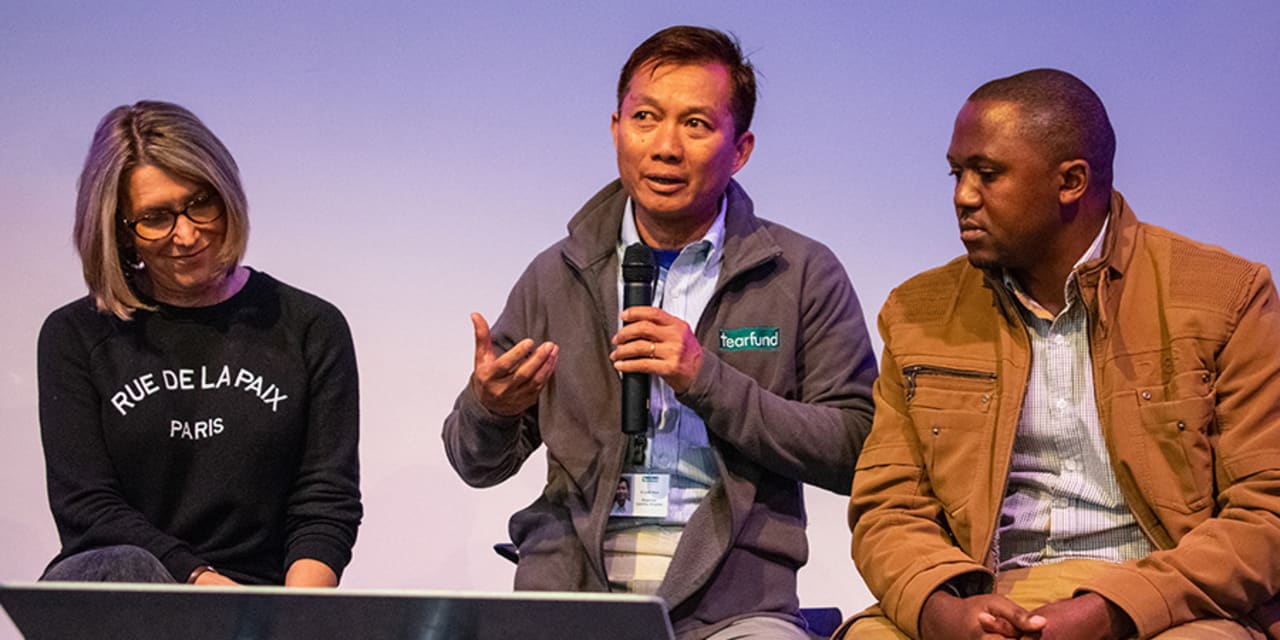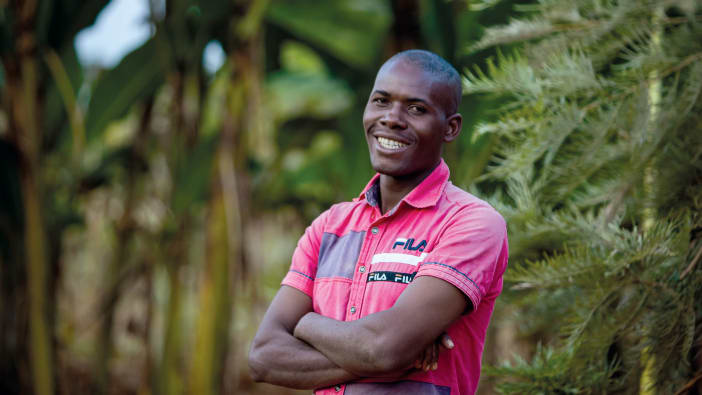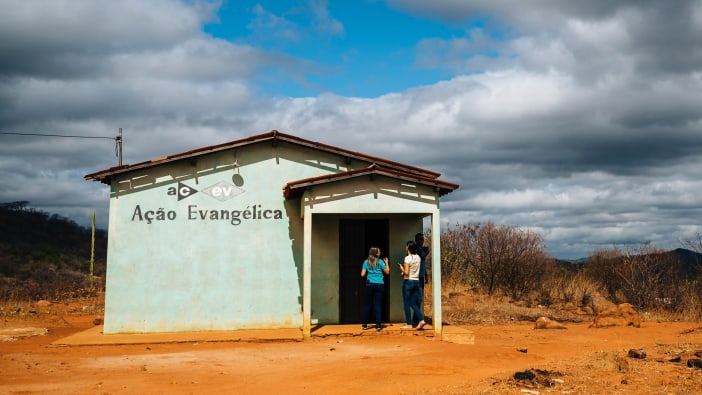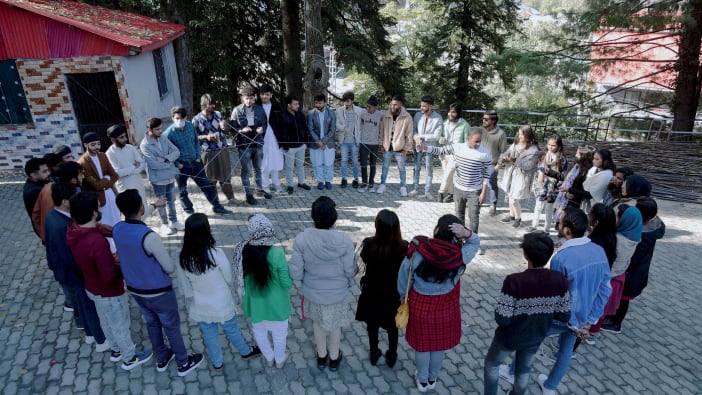Do international NGOs need a language and translation policy?
Anyone with an interest in relief and development probably takes the importance of communication and language as a given. It seems obvious, since international Non-Governmental Organisations (NGOs) work with a huge diversity of language groups and cultures, and often across many different countries. And, most of all, because it is crucial that the people and communities we work with are fully involved in their own change processes.
Yet communication needs and linguistic diversity tend to be overlooked at policy level within our organisations, and even in our programme and project plans. This is confirmed by the findings of the Listening Zones research carried out by INTRAC and the Universities of Reading and Portsmouth several years ago, in which Tearfund and other NGOs participated.
Tearfund has a lot to be proud of in the area of linguistic inclusion. We have been producing multilingual resources for community change-makers for at least thirty years (for example, this early publication in French). We have had dedicated translation management staff for the same amount of time and we developed our first translation policy around 2011. But Listening Zones and later research projects, such as Translation as Empowerment, exposed some gaps. Despite having a translation policy, the practice of identifying language needs – and planning for these needs – was not evident across Tearfund’s work.
The growing focus on diversity and inclusion across the sector also highlighted flaws in the policy, which mainly covered ‘languages of power’ such as English, French, Portuguese and Spanish. At the same time, Tearfund’s diversity and inclusion efforts focused primarily on issues such as race and gender, and did not initially consider linguistic inclusion. So, beginning in 2020, we set about trying to address some of these issues by updating our language and translation policy.
Successes and challenges
We knew that some elements would be key to the success of the policy update:
- We needed to ensure that the new policy was a corporate one with executive director engagement and sign-off, meaning that all managers would be required to take the policy on board.
- The process itself needed to be inclusive. It would have been easy (and quicker!) for the translation team to update the policy, but that would have made it just as easy for the policy to be viewed as ‘top-down’, undermining what we wanted to achieve. So we formed a cross-organisational steering group made up of global communication staff and representatives from each of Tearfund’s geographical regions, and which referred regularly to Tearfund’s diversity and inclusion manager. The group was responsible for considering all the information on the organisation’s language needs and priorities, and making proposals and final decisions on what the policy should contain.
- We needed a solid evidence base to inform our policy. For this, we sought the help of researchers who had been involved in the Listening Zones and Translation as Empowerment projects. They interviewed key people from Tearfund and other NGOs, and they designed and analysed an anonymous survey to identify language barriers and needs throughout Tearfund. The findings from this, alongside more in-depth interviews with regional staff, helped us develop a language and translation policy that was not overly skewed by anecdotes or potentially biased norms or trends.
One of the main challenges we faced was timing. We initially hoped to have a new policy by the end of 2020, but it was mid-2022 by the time it was finalised. First, Covid derailed most of our plans. Then, seeking to engage a broad range of stakeholders inevitably led to difficulties in finding time in busy agendas. And summarising rich findings in a way that would enable decision-making and sign-off (and help others see what we were seeing) also made for some interesting learning. But perhaps the bigger challenge still lies before us: that of putting the policy into practice.
Has it made any difference?
We can already see some progress:
- We now have a language and translation policy that, in line with our diversity and inclusion agenda, frames multilingual communication not just as a service or function, but as intrinsic to re-balancing power.
- The policy explicitly recognises the range of languages used across Tearfund and its partners’ work at all levels, including non-verbal languages. And it has made it easier for staff to understand how different language needs are supported.
- The translation team is increasingly aware of translations that are happening across regional and local languages, for example Burmese and Urdu, opening up opportunities for the team to provide expert advice and support when needed.
- Recognition of the importance of catering for languages other than English in meetings and events has resulted in interpreting becoming more institutionalised.
The process has also had an impact outside Tearfund. We have been able to use our experiences to feed into the language strategy reviews of other international NGOs, either by highlighting useful resources or sharing what worked for us. We have added to the momentum that has been building – thanks to collaboration between academics and NGOs, and decolonisation and diversity and inclusion agendas – to make linguistic inclusion a cornerstone of development work. It does require the investment of time and money, but the return is worth it.







